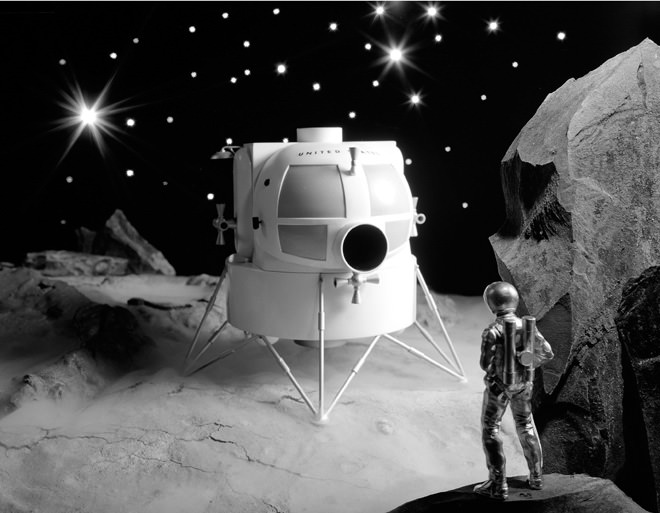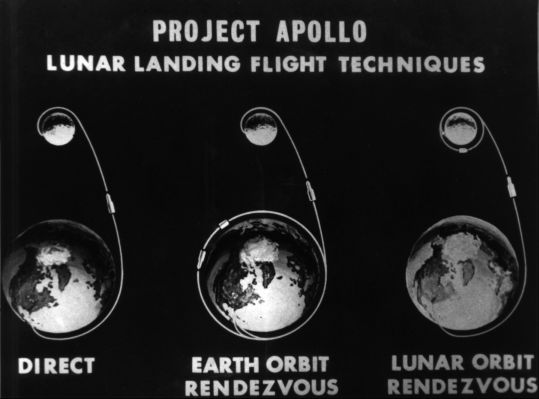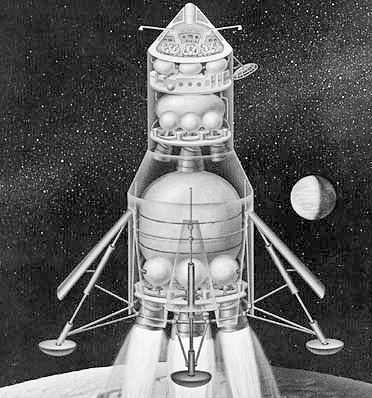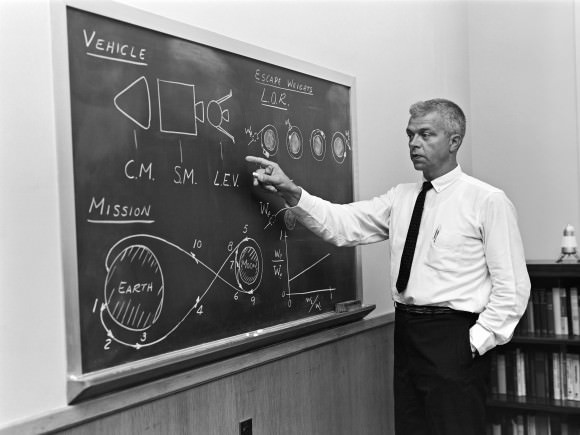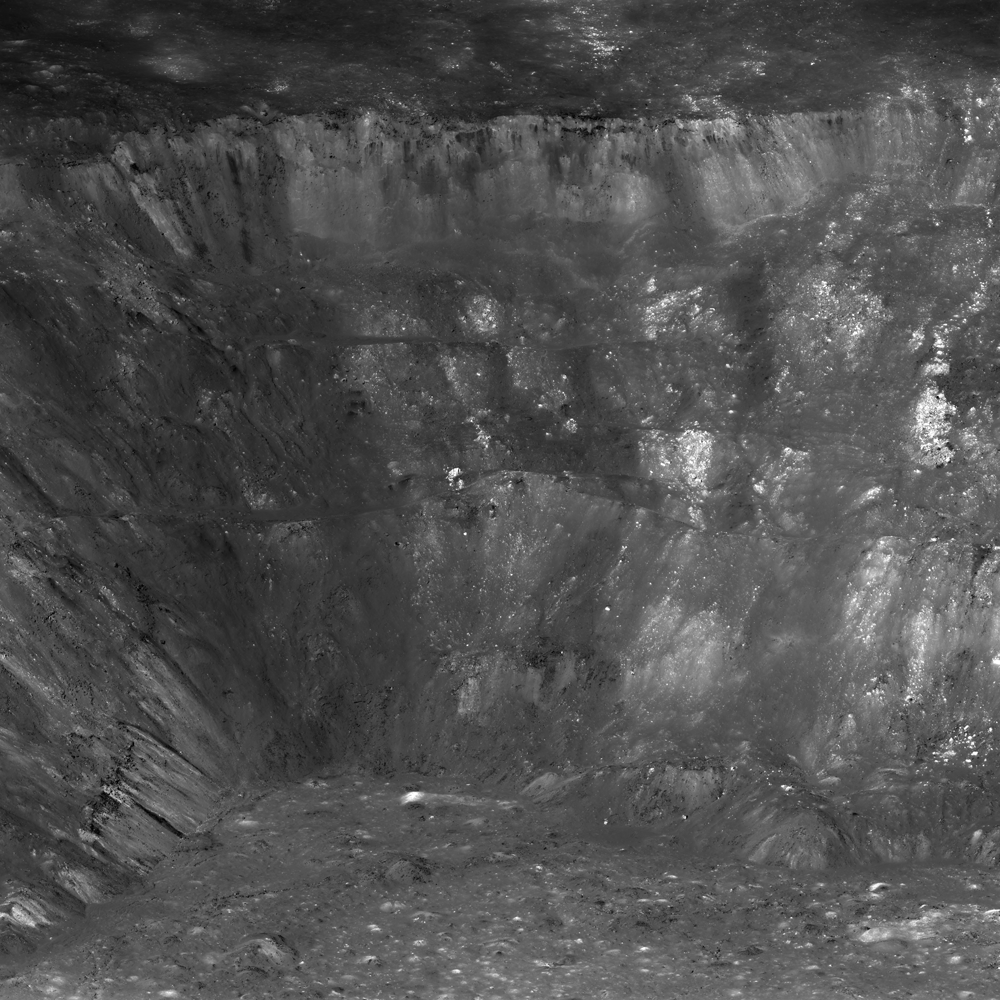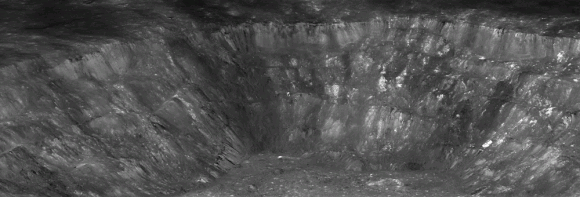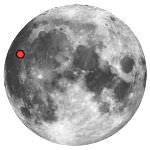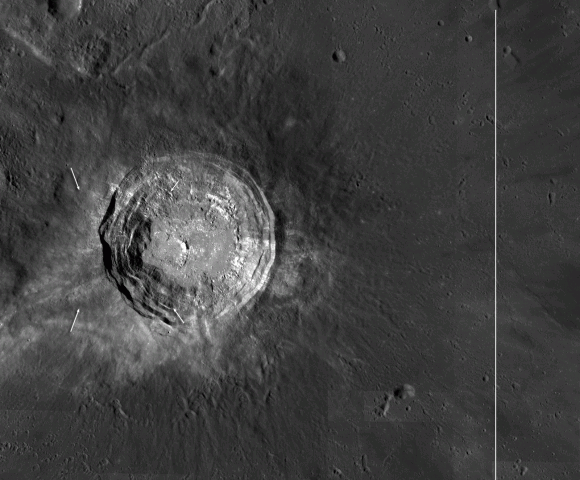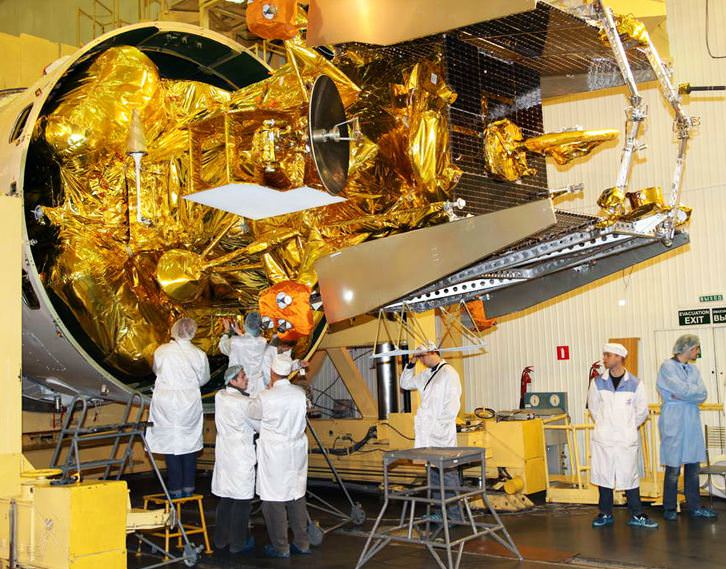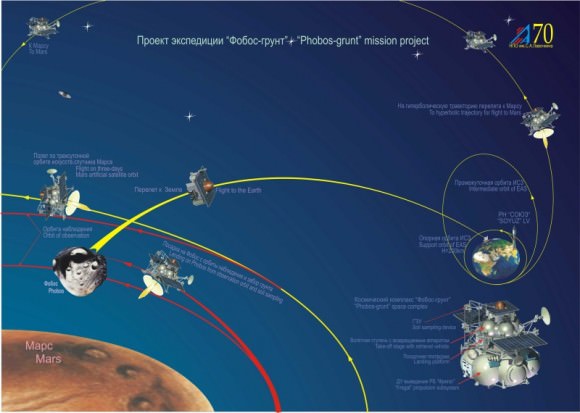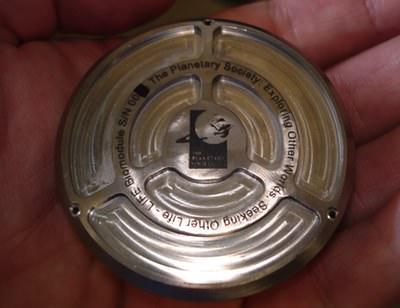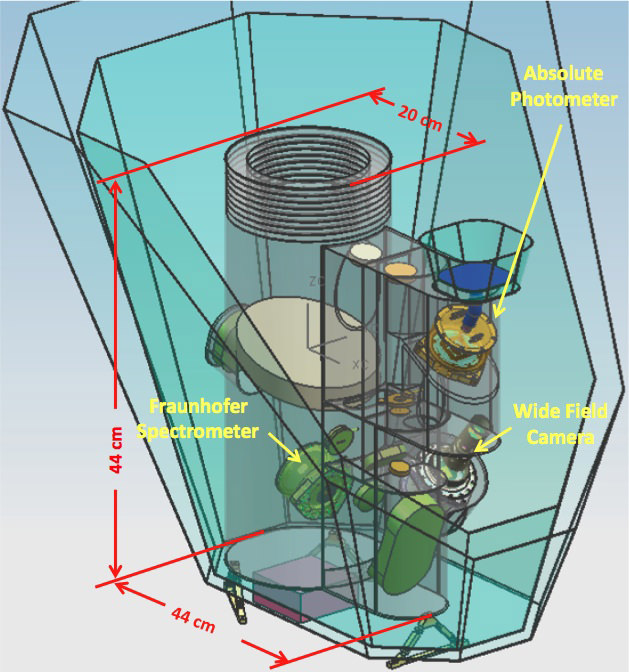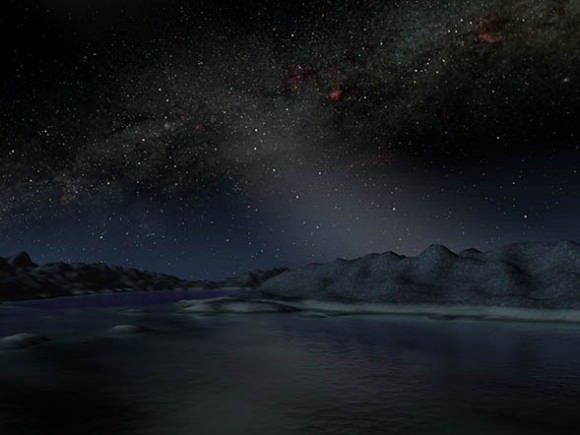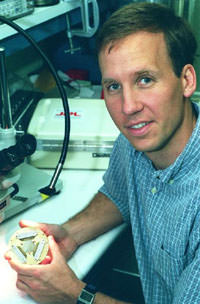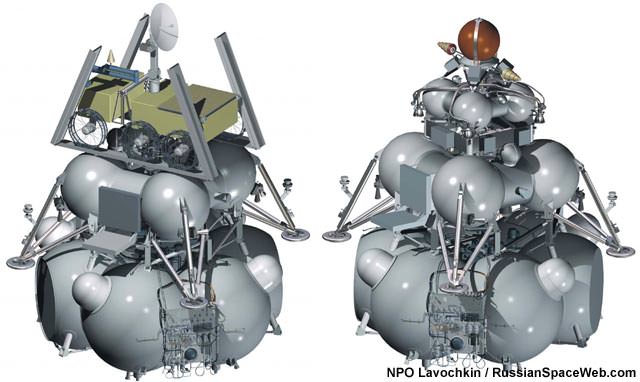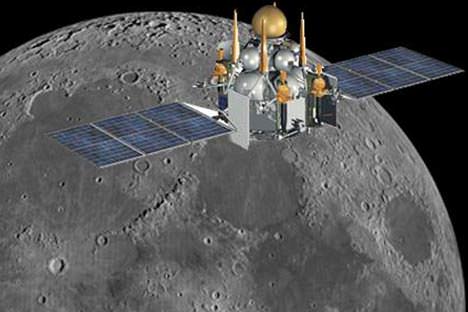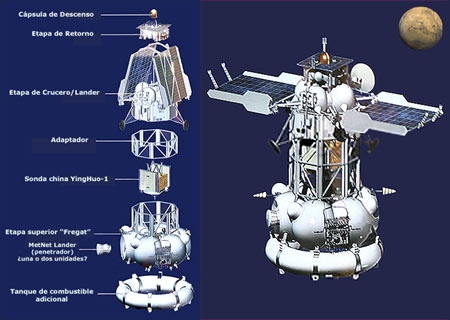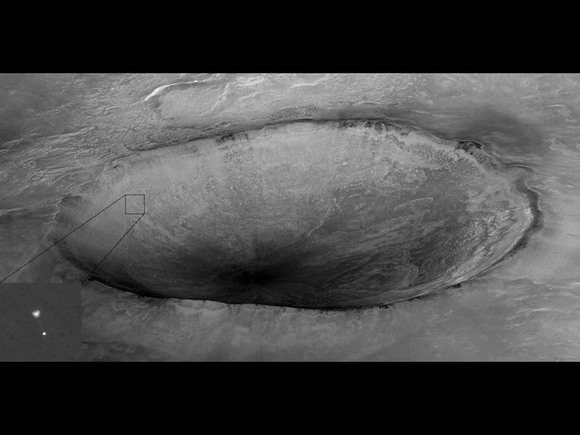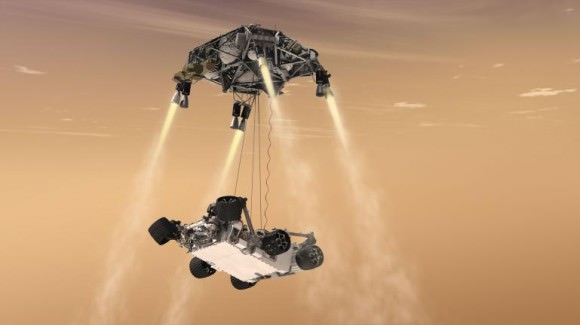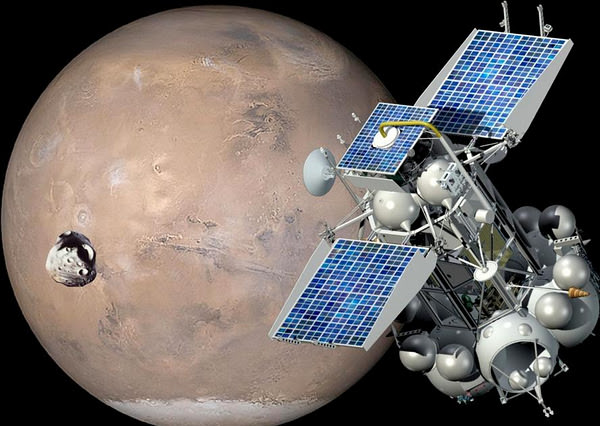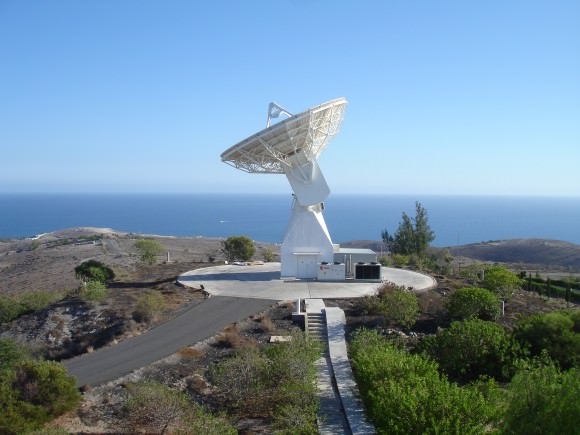[/caption]
Many models predict that water ice shouldn’t be stable on Mars today, anywhere beyond the poles, no matter how deep you bury it. And yet, a recently published study shows that large regions outside the polar areas may, in fact, contain a relative abundance of water. This is exciting, not only because water has implications for the possibility of life on Mars, but also because it can provide a valuable resource to future explorers, both as a fuel and for life support. And if this water is near the equator, that makes it much easier to get to.
Over the past 7 years, lots of spacecraft observations have given us evidence for the presence of water on Mars, either at the surface or not far below. Radar data have shown that large amounts of water ice are stored at the poles (Lots of Pure Water Ice at Mars North Pole). And pictures of gullies have hinted at reserves of water beneath the surface (NASA Says Liquid Water Made Martian Gullies). Now, a team of scientists, led by Dr. William Feldman of the Planetary Science Institute in Tucson, Arizona, have taken a new look at some of that data.
Dr. Feldman and his team used data from the Mars Odyssey Neutron Spectrometer (MONS) to estimate the amount of water ice that is present outside of the polar regions of Mars, where water ice is not expected to be found. The MONS is an instrument that counts Martian neutrons from orbit. These “neutron counts” are sensitive to the presence of hydrogen and how deep it is below the surface. Using models that take the characteristics of the Martian surface and the relationship of hydrogen to water into account, the MONS data can be used to predict the amount and depth of water and water ice in the surface. Doing just that, Dr. Feldman’s team produced a nearly global map of potential underground ice deposits.
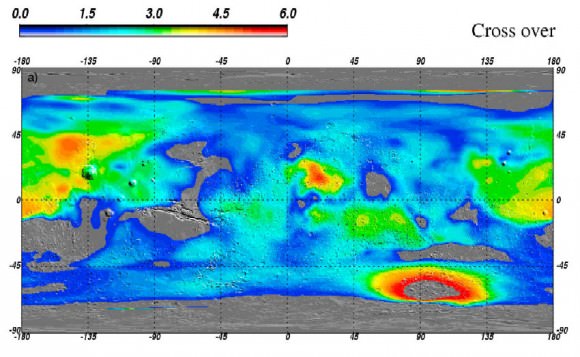
Image credit: Feldman et al., 2011.
This map shows the “weight percent of water-equivalent hydrogen”, or how much of the rock’s weight comes from hydrogen that is bound up in water molecules. Since hydrogen atoms are much lighter than the other atoms that make up a rock, a small weight percent of hydrogen equals a much larger volume of water ice. In fact, Dr. Feldman’s team estimate that values of 4.5 weight % hydrogen or greater (oranges and reds on the map), mean the volume of water ice at depth is larger than what can fit into pore spaces (the spaces between the grains that make up a rock). This means that you no longer have ice in a rock; now you have rocks in ice!
Four regions containing such bulk ice stand out in the map: Promethei Terra in the lower right of the map, Arabia Terra in the upper centre, Arcadia Planitia in the upper left, and Elysium Planetia spanning from the centre right, across the Martian “date line” (180 degrees longitude), to the centre left of the map. The ice deposits here are “buried less than about 1 m below the surface,” writes Dr. Feldman. He does admit that their findings may also indicate the presence of large quantities of minerals that contain water molecules in their chemical make-up. However, their results are supported by other evidence. In the Elysium Planetia region, evidence of glacial features has been seen in high resolution stereo data from ESA’s Mars Express orbiter ( Mars Express Reveals Possible Martian Glaciers). And in the Arcadia Planitia region, buried water ice has been identified in CRISM data, where an almost pure ice layer was excavated from less than 1 meter below the surface by four recent impact events.

Image Credit: High Resolution Imaging Science Experiment camera, NASA/JPL-Caltech/University of Arizona.
So, if ice is unstable at today’s conditions on Mars, how can Dr. Feldman and his team account for the presence of that much ice so close to the surface? Well, the bulk ice could have been deposited some 10-20 million years ago, at a time when ice was stable at the surface. If that happened, then the ice sheet could have been preserved under a layer of cemented dust and sediment. This duricrust would have partially shielded the ice from contemporary surface temperatures and atmospheric conditions, slowing the sublimation of the ice just enough so that some of it was left for us to detect today.
Source Link: Feldman et al., 2011, JGR 116, E11009


